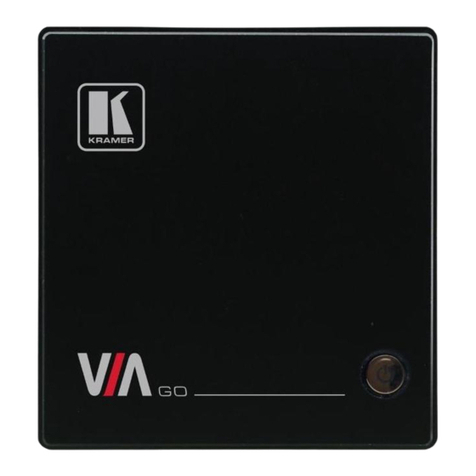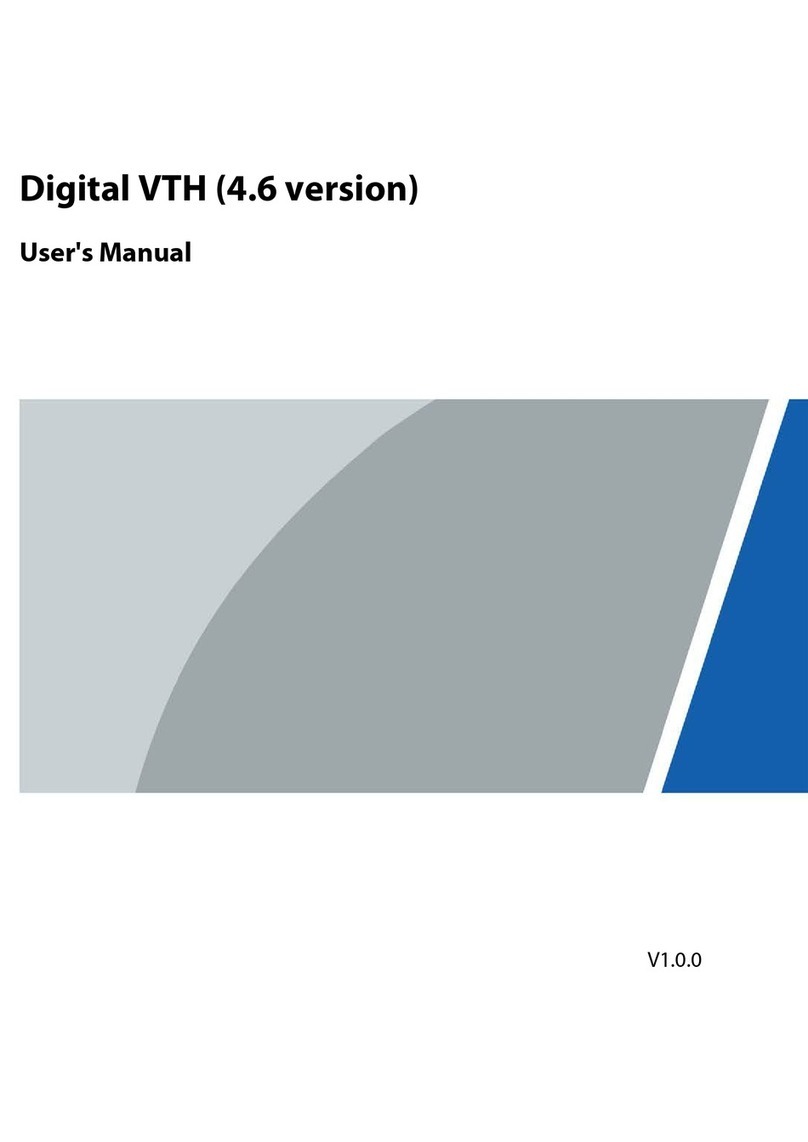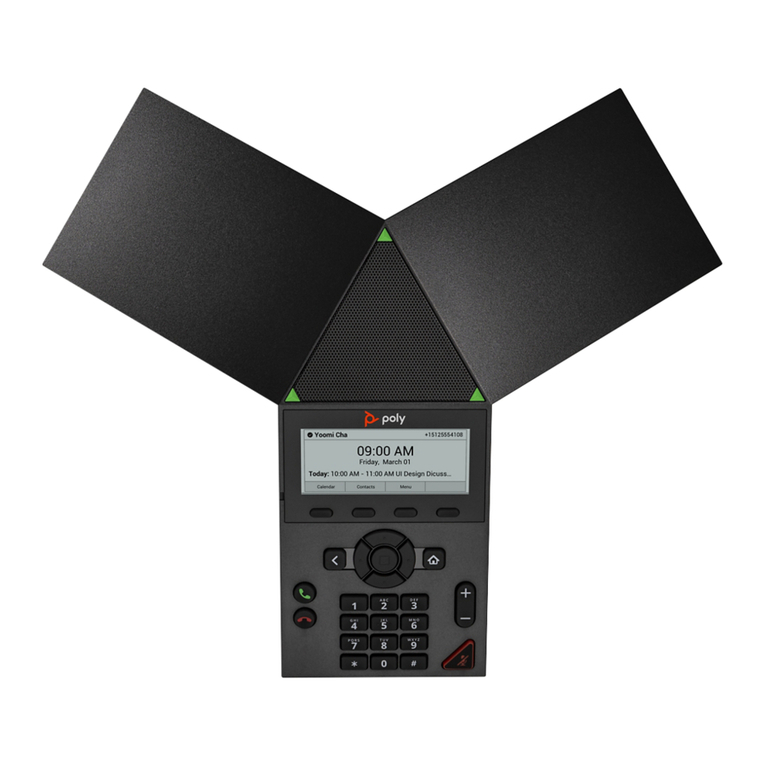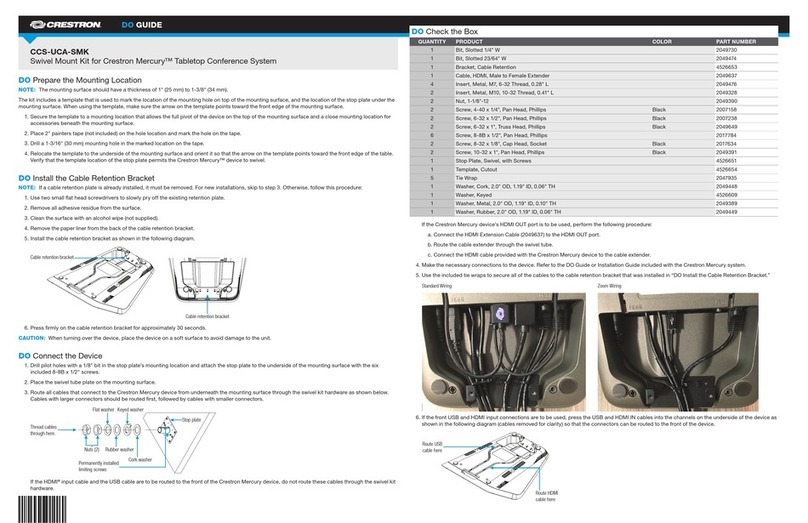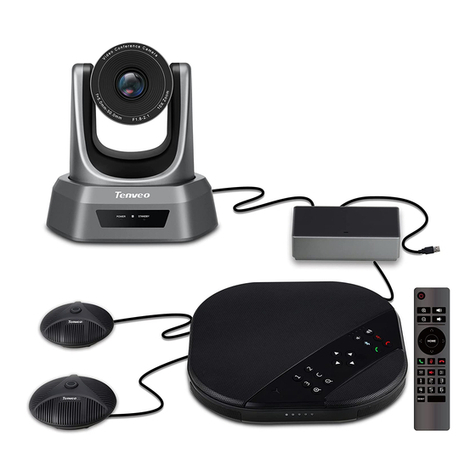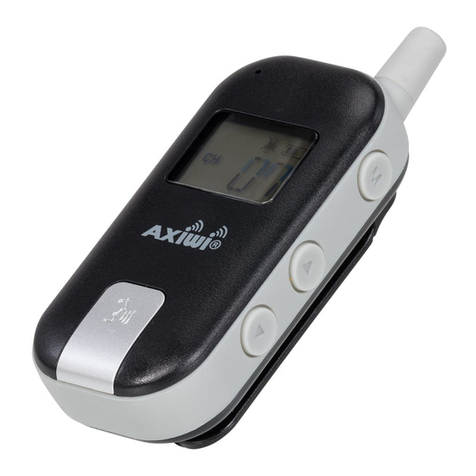
Table of Contents III
Table of Contents
Legal Statement......................................................................................................................................... I
Preface........................................................................................................................................................ I
Safety Precautions................................................................................................................................... II
1Overview................................................................................................................................................. 1
1.1 Introduction to the Product............................................................................................................ 1
1.2 Port Descriptions........................................................................................................................... 2
1.2.1 MCU91B0 ........................................................................................................................... 2
1.2.2 MCU91F0............................................................................................................................ 4
2Networking Diagram.............................................................................................................................. 1
3Web Operation....................................................................................................................................... 2
3.1 Config Flow................................................................................................................................... 2
3.2 System Login ................................................................................................................................ 2
3.3 Quick Guide .................................................................................................................................. 3
3.4 Device Management..................................................................................................................... 7
3.4.1 Adding Devices................................................................................................................... 8
3.4.2 Modifying Device .............................................................................................................. 10
3.4.3 Deleting Devices................................................................................................................11
3.5 Service Management.................................................................................................................. 12
3.5.1 Service Status................................................................................................................... 12
3.5.2 Service Config .................................................................................................................. 12
3.6 Conference Management........................................................................................................... 13
3.6.1 Creating Meeting .............................................................................................................. 13
3.6.2 Meeting Control ................................................................................................................ 18
3.6.3 Booked Meetings.............................................................................................................. 20
3.6.4 Favorite Meetings............................................................................................................. 21
3.6.5 Meeting History................................................................................................................. 22
3.7 System Management.................................................................................................................. 23
3.7.1 User Management............................................................................................................ 23
3.7.2 System Management........................................................................................................ 25
3.7.3 Maintenance Management............................................................................................... 30
3.7.4 Platform Access................................................................................................................ 33
3.7.5 Config................................................................................................................................ 34
3.7.6 TV Wall Config.................................................................................................................. 36
3.8 Gateway Management................................................................................................................ 37
3.8.1 All Gateways..................................................................................................................... 37
3.8.2 Cloud Proxy...................................................................................................................... 38
3.8.3 H323 Gateway.................................................................................................................. 38
